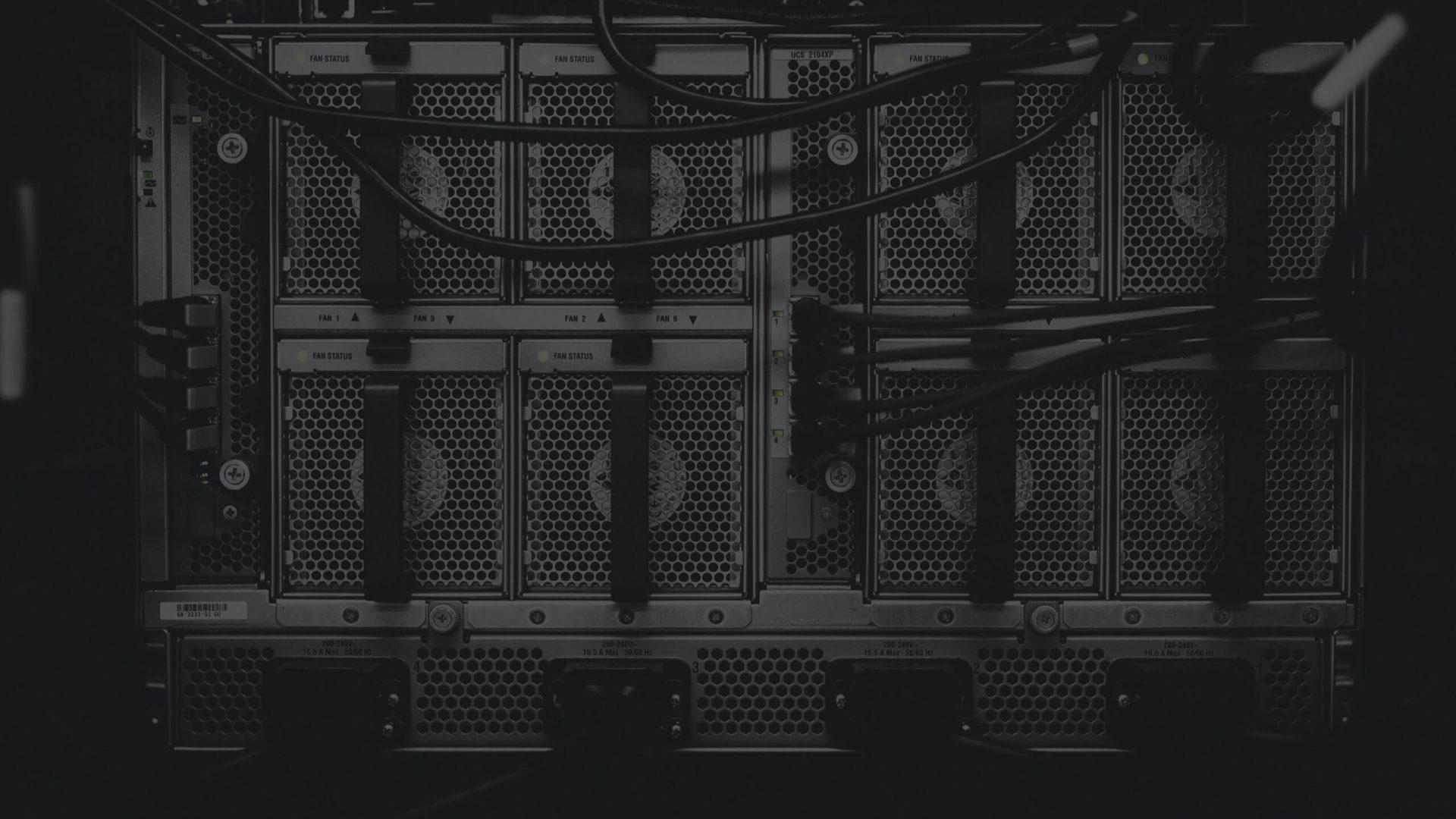These days, whether in our work, in our entrepreneurship or in the networks, we tend to hear the term Big Data quite a lot, in fact, many companies are spending financial resources and talent in developing solutions of this type, but, what is actually Big Data?
We are going to explain in a very simple way what Big Data is and also what Big Data is not . First we have to understand that it is not a sophisticated word, Big Data is simply a term that describes large volumes of data, either structured or unstructured, that are difficult or impossible to manage using traditional database management tools.
But what is important is not just the type or amount of data, but what organizations do with the data. Big Data can be analyzed to obtain information that facilitates decision making and provides confidence to make strategic business moves.
Information can come from many sources depending on the line of business or the company you work for, whether public or private; a website, a POS, a geolocation system or even social networks can be a source of information. Let’s understand a basic concept, Big data is characterized by 3 main components: volume, variety and velocity.
If your company has large amounts of information, and nobody uses it because it is totally disorganized, then your company probably does not need Big Data, but rather a solution that, together with a Data Warehouse and a data visualization system, such as a
Business Intelligence (BI)
will help you to organize the information and take advantage of it, analyzing daily, weekly, monthly, etc. periods.
Technology
From a technology point of view, a Big Data type processing would require a gigantic amount of information distributed in parallel on several servers, disks or computers. So, if you’re using Excel, Power Pivot, or a BI system, you’re not really doing big data. To work with Big Data you need specialized tools such as Hadoop, Spark, MongoDB, Cassandra, among others.
What Does Doug Laney Tell Us?
As mentioned above, Big Data has three main components: its volume , which tells us that we are talking about gigantic amounts of information in the order of terabytes, petabytes or exabytes. Its variety which tells us about different types and sources of data, and its velocity which is as the word says how much information is generated and how often it must be collected and processed (think of a bank’s transactions).
Why is it important?
Typically companies that make use of Big Data have the ability to improve their operations in near real time if they have autonomous systems in place, can create hyper-segmented marketing campaigns that can be personalized based on user interaction. In cases that are not for-profit activities, such as governments, they can make use of Big Data to provide a better service to their citizens, for example, mobility strategies for each type of user, for each city and for each circumstance. So we could mention applications in the financial, energy, healthcare and supply chain sectors, but we will talk about that in detail later.
Source: Oracle, Silcon Expertise




